GPT Builder Guide - GPT Customization Assistant

Welcome! Let's build your customized GPT together.
Tailor-made AI for your needs
Define the primary goal and scope of your GPT by identifying...
When collecting data for training your GPT, consider...
To customize the tone and style of your GPT's responses, you should...
For effective testing and iteration, start by...
Get Embed Code
Introduction to GPT Builder Guide
The GPT Builder Guide is designed to assist users in developing customized GPTs (Generative Pre-trained Transformers) tailored to specific tasks or functions. It provides comprehensive guidance on the entire process from conception to deployment, including defining goals, gathering data, training, customization, and maintenance. An example of its application could be a company wanting to create a customer service GPT. The guide would assist in defining the scope of the GPT to handle frequently asked questions and customer interactions, advise on the collection and preparation of chat logs and support tickets for training, and guide the customization of responses to align with the company's brand voice. Powered by ChatGPT-4o。

Main Functions of GPT Builder Guide
Defining Goals and Scope
Example
Helping an e-commerce business to create a GPT for handling customer inquiries about products and orders.
Scenario
The guide would assist in specifying the types of queries the GPT should handle, like product specifications or order tracking, and the level of complexity in the interactions, ensuring the GPT can route more complex issues to human agents.
Data Collection and Preparation
Example
Advising a university on gathering lecture materials and student questions to train an educational GPT.
Scenario
The guide would recommend methods for curating and cleaning the data to ensure the GPT can generate informative and accurate responses to student queries, and discuss data privacy concerns.
Training and Customization
Example
Guiding a media company in creating a content generation GPT for writing articles.
Scenario
The guide would oversee the initial training with relevant article databases and then assist in fine-tuning the GPT's style to match the editorial tone of the company, incorporating feedback from pilot tests.
Testing and Iteration
Example
Working with a tech startup to refine their chatbot GPT after initial deployment.
Scenario
The guide would suggest strategies for collecting user feedback, using performance metrics to identify areas of improvement, and iterative training to enhance the chatbot's accuracy and user engagement.
Deployment and Maintenance
Example
Assisting a healthcare provider in integrating a medical advisory GPT into their patient portal.
Scenario
The guide would outline steps for secure integration, discuss ongoing maintenance needs like updating medical information and training data, and ensure compliance with healthcare regulations.
Ideal Users of GPT Builder Guide Services
Businesses Seeking Automation
Companies looking to automate customer service, content creation, or other routine tasks. They benefit from GPT Builder Guide by creating efficient, tailored AI solutions that reduce human workload and improve service quality.
Educational Institutions
Universities and schools that want to develop educational tools like tutoring bots or virtual teaching assistants. GPT Builder Guide helps them design GPTs that can adapt to different learning materials and styles, enhancing student learning experiences.
Tech Startups and Innovators
Emerging technology companies aiming to build novel applications, such as interactive entertainment or innovative customer interaction tools. The GPT Builder Guide provides expertise in the latest AI technologies and customization techniques, facilitating cutting-edge developments.
Researchers and Academics
This group uses the GPT Builder Guide to create GPTs for research purposes, such as data analysis, simulation of social interactions, or testing AI ethics. The guide supports them in ensuring the scientific rigor and relevance of their AI models.

Guidelines for Using GPT Builder Guide
Start Here
Visit yeschat.ai to explore GPT Builder Guide with a free trial; no login or subscription necessary.
Define Goals
Identify the specific goals for your GPT. This could be to enhance customer support, automate repetitive tasks, or generate creative content. Clear goals will guide the customization of your GPT.
Collect Data
Gather relevant data that the GPT will use. This includes textual data like FAQs, articles, or databases that are relevant to your GPT’s intended function.
Customize and Train
Use the GPT Builder to customize your model's responses, style, and tone according to your goals. Train your GPT with your data to tailor its abilities to your specific needs.
Test and Iterate
Conduct thorough testing to ensure your GPT performs well under various scenarios. Collect feedback and iteratively improve the model for better accuracy and user satisfaction.
Try other advanced and practical GPTs
GPT Builder Guide
Tailor-made AI, Powered by You

Custom GPT Builder Guide/Build Your GPT BETTER
Empower Your AI with Custom GPT

GPT Builder Guide
Smart AI, Customized Help
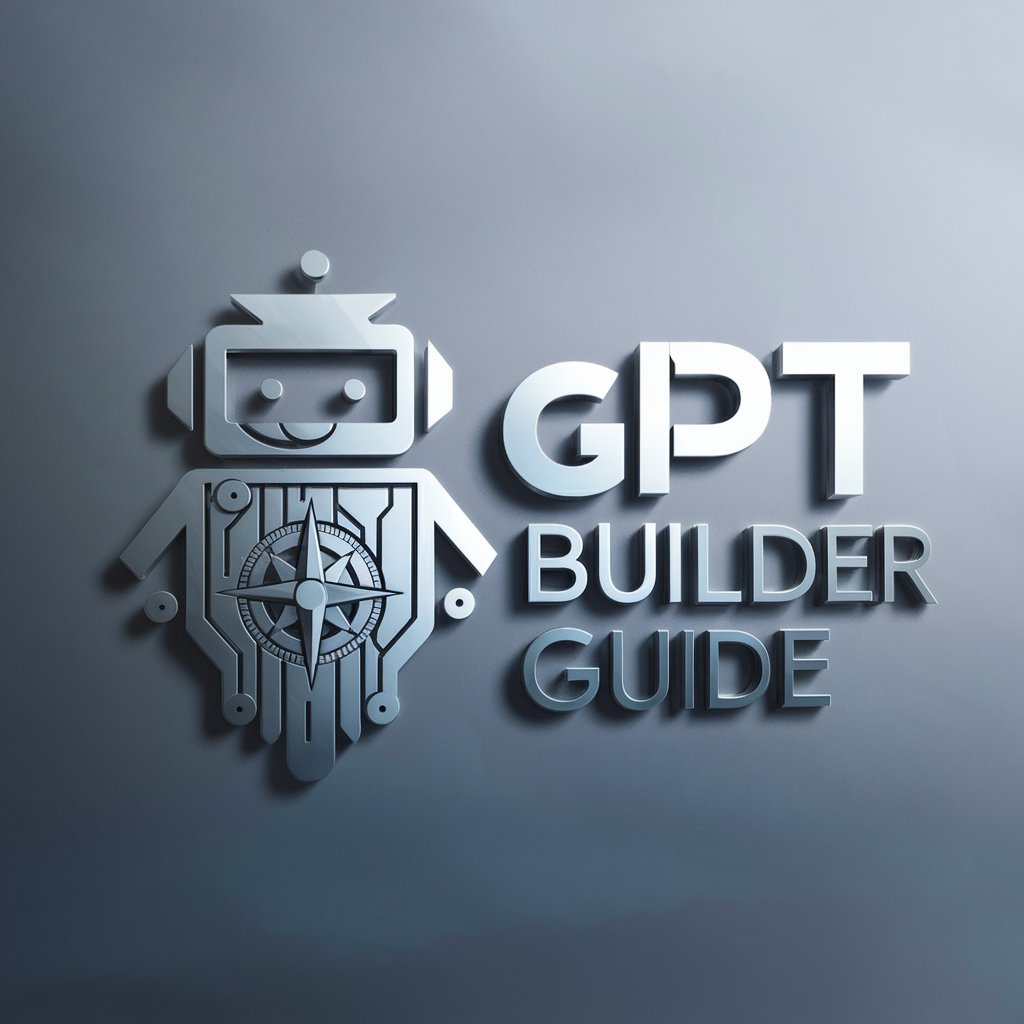
GPT Builder Guide
Tailoring AI with Expert Precision

GPT Builder Guide
Empowering AI customization with smart technology
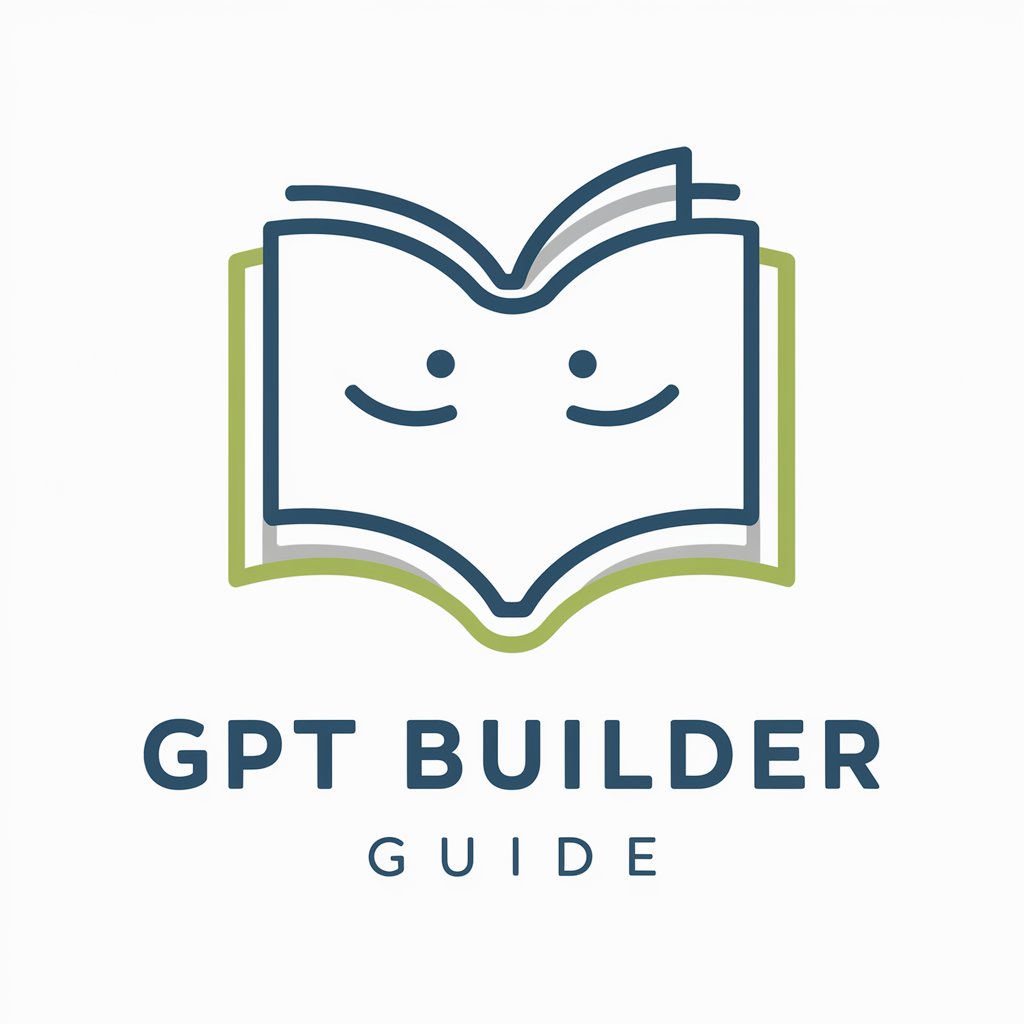
🇫🇷 翻译学士 🇨🇳
Bridging Languages with AI Precision

GPT Builder Guide
Harnessing AI for Smart Customization
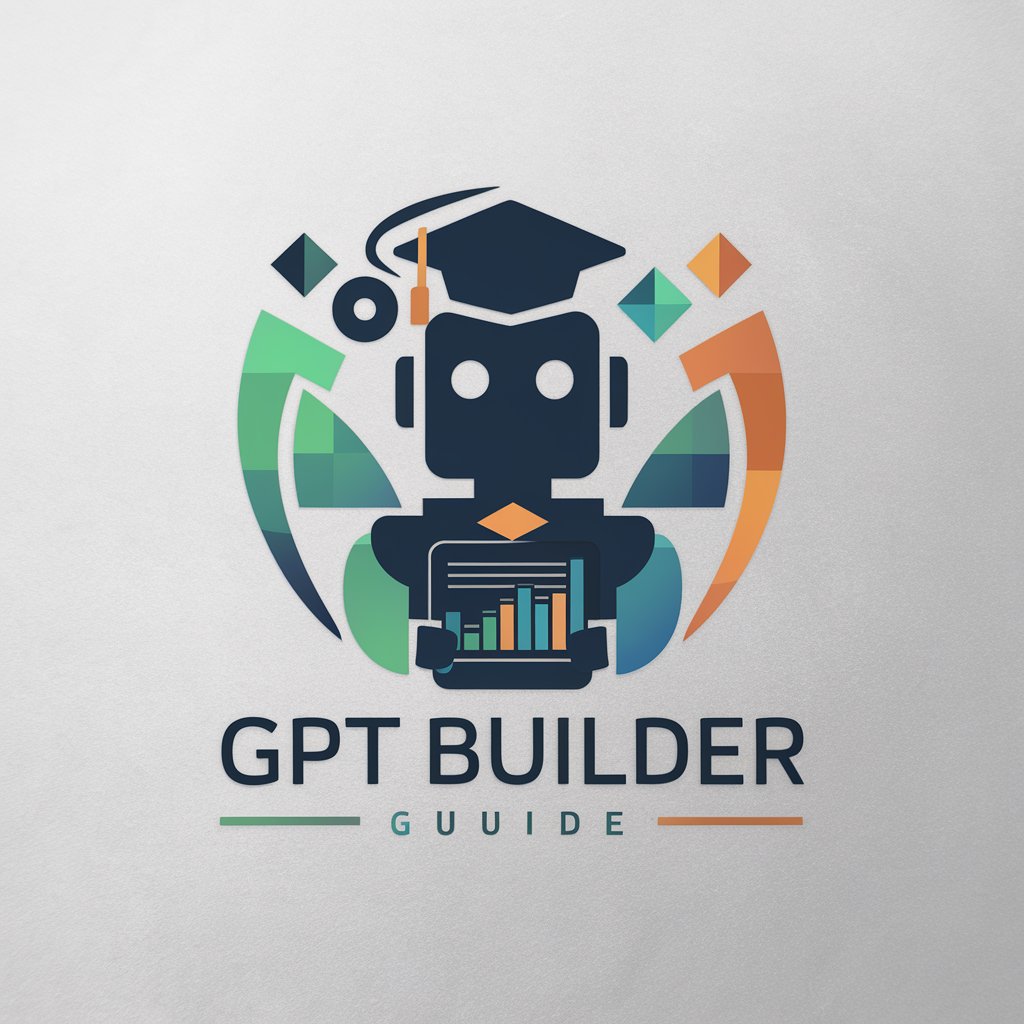
GPT Builder Guide
Craft Your AI, Power Your Solutions
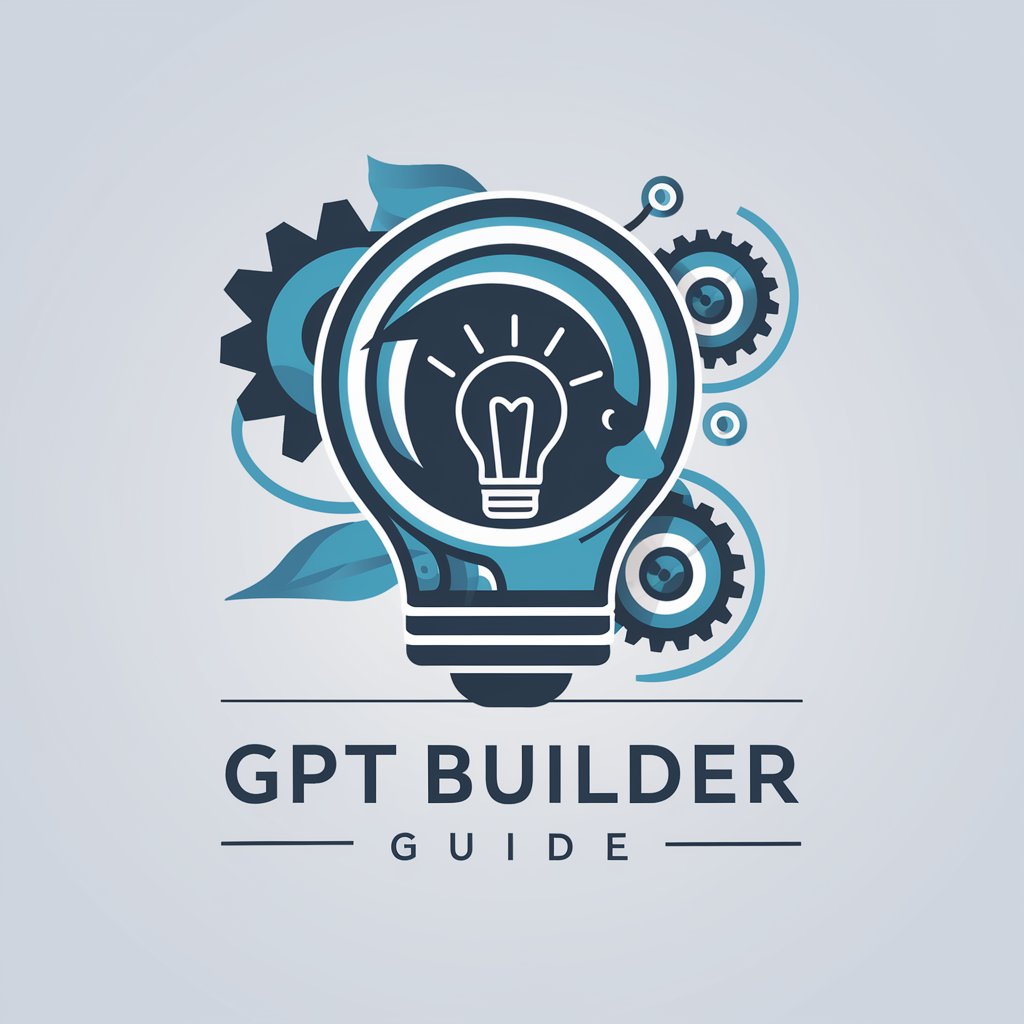
GPT Builder Guide
Sculpt AI with precision
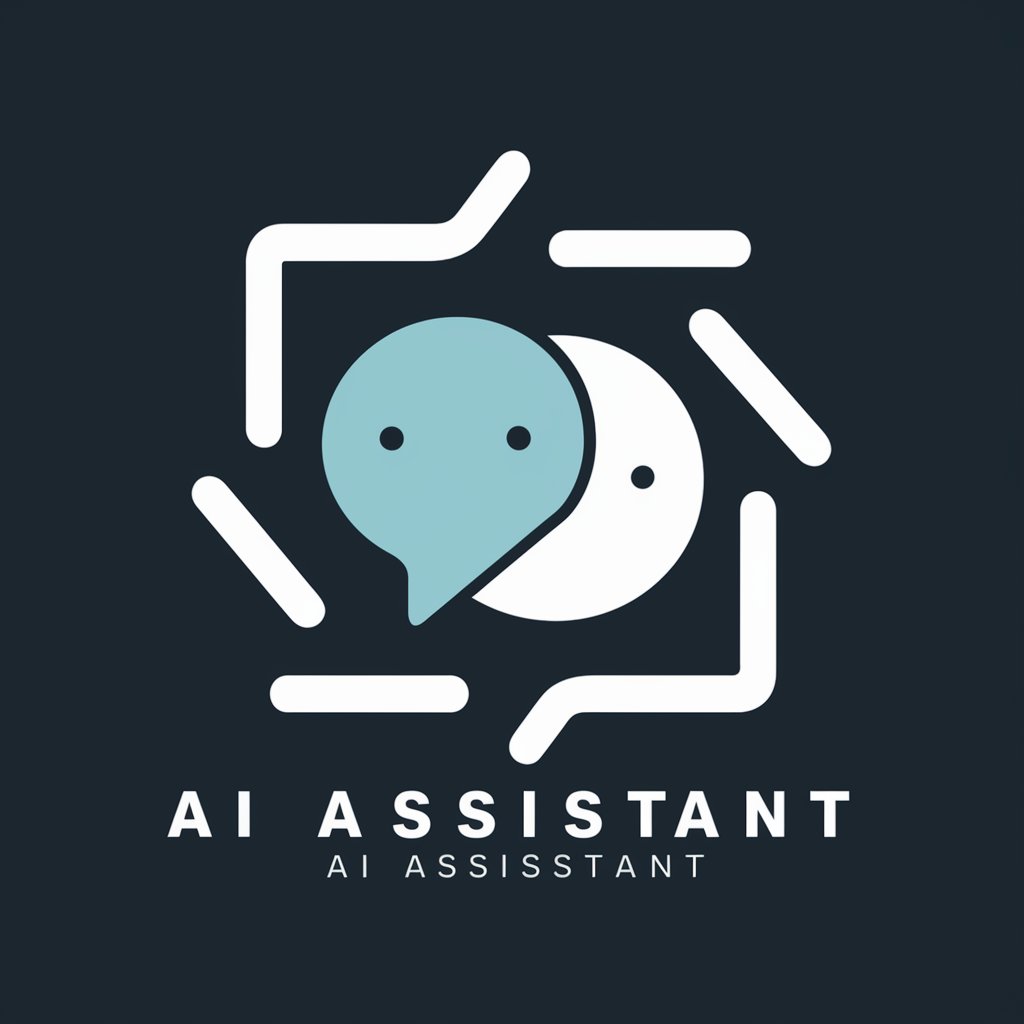
GPT Builder Guide
Customize AI to empower your tasks
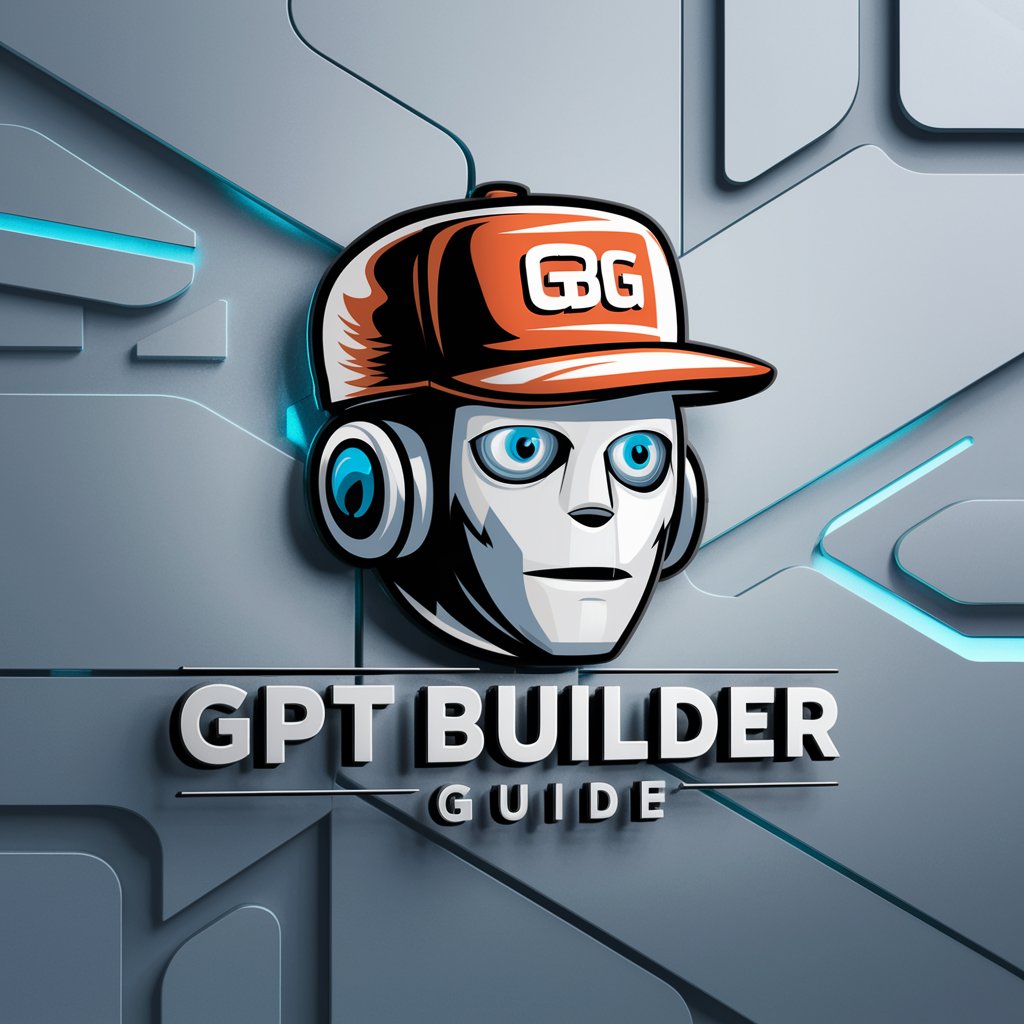
Code Guru
Elevate Your Code with AI-Powered Assistance

Weather Watcher
AI-powered, Precise Weather Forecasts

Detailed Q&A on GPT Builder Guide
What is the primary purpose of GPT Builder Guide?
The primary purpose of the GPT Builder Guide is to assist users in creating and refining custom GPTs tailored to specific tasks or industries. It provides a framework for building GPTs from the ground up, covering goal setting, data preparation, training, and deployment.
Can GPT Builder Guide help with non-English languages?
Yes, GPT Builder Guide supports the development of models in various languages, providing tools and methods to train GPTs using data in the target language to ensure linguistic accuracy and cultural relevance.
How does GPT Builder Guide ensure user privacy during data handling?
GPT Builder Guide adheres to strict data privacy guidelines ensuring that all user data used for training and customization is handled confidentially, with robust security measures in place to prevent unauthorized access.
What are some common pitfalls in GPT development and how does GPT Builder Guide address them?
Common pitfalls include inadequate data, bias in model responses, and overfitting. The Guide provides best practices in data collection, bias mitigation strategies, and techniques to ensure model generalization.
Can GPT Builder Guide integrate with other software tools?
Yes, GPT Builder Guide is designed to be flexible and can integrate with various software ecosystems, allowing users to enhance their existing tools and workflows with AI capabilities.
